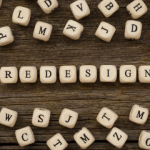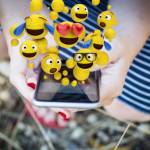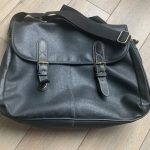Link #1

| Angela Beckett – Task 3: Voice to Text |
I was drawn to the voice to text post of Angela’s as we both told stories of our travels in Europe, albeit mine were quite a few years earlier than hers. I was able to visit Versailles on my trip as well, but did not have the amazing experience of the attending a costume ball.
Angela’s blog format is similar to my own as we are both using the UBC Blog site. She uses many images which add to the story that she shared and bolded headings which make the post easy to follow. As I read over her task, I realized I made a mistake in my own. I said that I had not used voice to text technology before when in fact I use Siri on almost a daily basis as I drive in my vehicle. Voice to text was so ingrained in my day to day life I had forgotten that it was there. Angela used Siri for her dictation and I used my iPhone, but downloaded a free app rather than use Siri.
During the process of dictating our stories we struggled with the feeling that emotional content had been lost as we varied our speaking patterns to ensure that each word was recognized. I thought it was important she described how she could have changed her language with a scripted story to ensure that the joy and excitement she felt that day was conveyed more clearly.
Reference:
Ong, Walter, J. Taylor & Francis eBooks – CRKN, & CRKN MiL Collection. (2002). Orality and literacy: The technologizing of the word. New York; London: Routledge.
Link #2
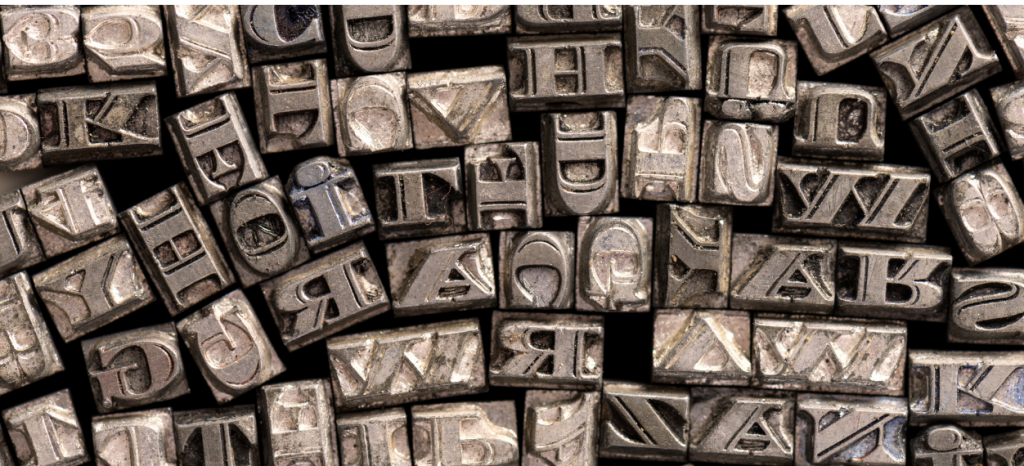
| Michael Orlandi – Task 4: Potato Printing |
Michael Orlandi is using the UBC blog for his task posts. He has kept his format very simple and his tasks are easy to find. When completing the potato printing task he made the same initial mistake as myself. We both did not consider that the letters would be reversed when we cut out them out. Luckily for Michael he had decided to do a letter per potato and that allowed him to easily fix the mistake. I had not thought to use a single potato rather than trying to squeeze them all in on the same one and this meant I had to redo the entire 5 letter word.
As a shop teacher, Michael has hands on experience with woodworking and drafting. It was interesting that at times he has chosen to complete these tasks in more traditional ways such as hand drafting rather than using the CAD program. His reflection about the satisfaction of using his hands to create something was something I also wrote about in my reflection. It reminded me of Paul Collier in the letter press film who prints using a traditional letterpress (Cook, 2012). New technologies have allowed us to speed up the production of writing compared to scrolls or even the letterpress but as we gain something with each change we can also lose something in the process.
Reference:
Cook, David. (2012, January 26). Upside Down, Left To Right: A Letterpress Film. [Video]. YouTube. https://www.youtube.com/watch?v=n6RqWe1bFpM
Link #3
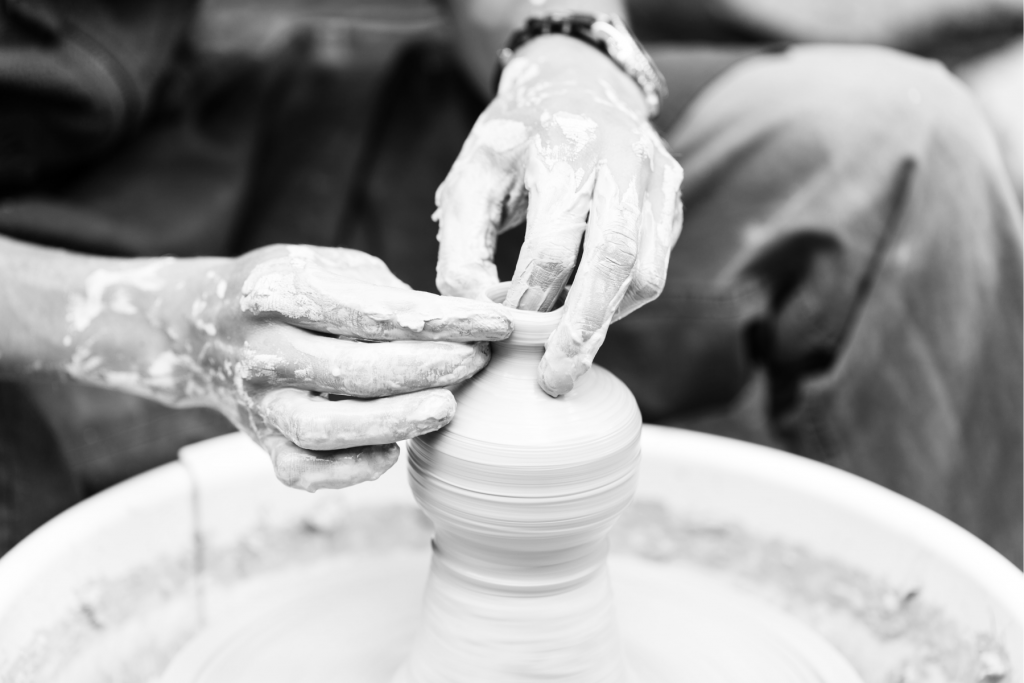
| Robyn Oliver – Task 5: Twine & Hypertext |
Robyn has a very creative approach to her UBC Blog space as well as her Task 5 post. The artwork in her header and the ability to see her recent posts and comments along the right hand side of her site make it not only easy to navigate but also aesthetically pleasing.
Task 5 follows her day to day as she reflects on the creation her Ghost themed twine. It was also her first time using the program and the learning curve is a challenge. I appreciated how she used hyperlinks in her post to take you to further readings. I am currently in ETEC 565B on Metatheory and we have spent a lot of time exploring agency as it relates to human and non human actants in networks, so I enjoyed the further reading on agency in gaming.
The twine itself was very polished and easily to follow. It is always more fun to complete any task when you find the topic interesting and this shows in her project. Robyn attempted to use several different features available with the program rather than just sticking to this or that choices I saw within some other twines. Ours were similar in that we incorporated images but I wonder if the video usage would have been more effective if she had embedded them within the twine itself rather than having to leave the page to view. The Righteous Brothers clip has motivated me to watch the movie again as it has been years since I have seen it.
Link #4

| Eduardo Rebagliati – Task 6 – Emoji Story |
Eduardo chose one of my favorite Beatles song and I immediately recognized the title from his emoji choice (I especially love Sarah McLachlan’s version from the I am Sam soundtrack). His choice of representing song lyrics rather than a movie or book was unique in comparison to the other posts for this task. I think using set song lyrics simplified the task, as it allowed him to focus in on specific words rather than having to pull out main plot points and then try to translate those into recognizable emojis. As I am very familiar with the lyrics, I found it easy to interpret the meaning of lines such as ![]() – “Take these broken wings and learn to fly” . This would have been much more difficult to understand without context and is why I struggled to understand the plots for shows that I have not seen, such as Squid Game in other posts.
– “Take these broken wings and learn to fly” . This would have been much more difficult to understand without context and is why I struggled to understand the plots for shows that I have not seen, such as Squid Game in other posts.
I agree with Eduardo that there are limits to what can be expressed through emojis alone as we all discovered in Task 6. Even though other visual mediums such as movies and animations are becoming more prominent according to Botler (2001), it is important to remember that writing and visual each have unique affordances as Eduardo mentions. Remediation of writing has been occurring for centuries from papyrus roll to word processor.
Reference:
Bolter, J. D. (2001). The Breakout of the Visual . In Mahwah, N.J (Ed). Writing space: Computers, hypertext, and the remediation of print (2nd ed.). Lawrence Erlbaum Associates. doi:10.4324/9781410600110
Link #5

| Kirn Bhela – Task 7: Mode-bending |
The process that Kirn went through while completing the mode bending assignment was a much more reflective process than my own. It was interesting to learn she chose to use a gestural and spatial approach because it was something she says she is acutely aware of when interacting with others. I like to think that I am sensitive to the body language and subtle spatial cues of others as well but that is not why I choose to use gestures in my redesign. For me, it was a creative way to avoid having to video tape or record my voice, which is something I avoid as I have always been sensitive to how my voice sounds.
In her redesign, Kirn went through her bag taking out each item one at a time and demonstrated its use. As part of her posts, she also comments on how the items have changed since the first activity was completed a few weeks ago. Within my own post, I kept the original picture and items and then filmed myself using each item separately. We used gestural and spatial modes of meaning but in different ways. Throughout my MET journey, I have learned so much observing how students interpret assignments differently than myself and use so many creative multimodal methods.
Reference:
The New London Group. (1996). A pedagogy of multiliteracies: Designing social futures. Harvard Educational Review 66(1), 60-92.
Task #6

| Braden Litt – Task 9: Golden Record Networking |
As with the majority of students in ETEC 540, Braden has completed his blogs using WordPress. His organization of using headings for all of his tasks at the top of the blog made it easy to navigate from one post to another. Within the Golden Record Networking post itself, Braden uses bolded headings to organize his reflections and images from the network to support his findings.
His analysis of the Golden Record Curation followed a similar format as my own as we both focused on the smaller community that was created using our choices. We went deeper into qualitative analysis by reviewing the motivation behind each individuals song choices by reading their blog post for Task 8. We found similar results in that everyone had very different motivations for their choices even though they had similar results.
Braden took this analysis a step further to relate it to how algorithms in companies such as Google rely on interaction measurements. I wonder if by this if he is referring to how a certain page will show up higher in search if it has more links to it from other pages or measuring interactions with ads? Braden did comment on my post and mentioned Google interactions levels there again so this has become an area of further research I will explore.





